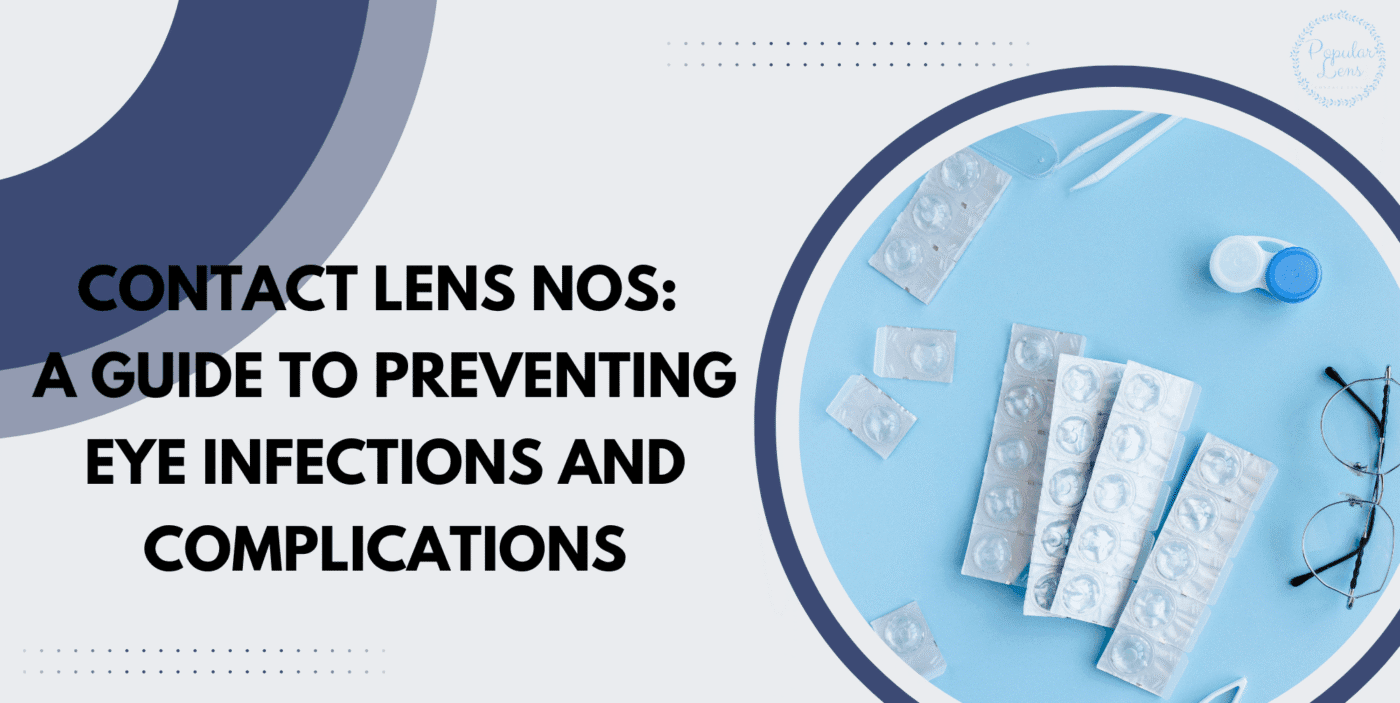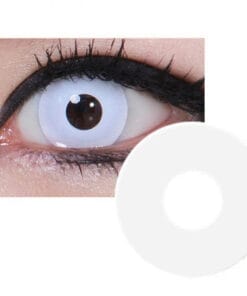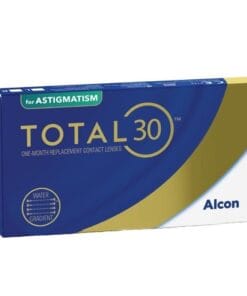Bad Lens Habits
Contact Lens Nos: A Guide to Preventing Eye Infections and Complications
Contact lens nos should be strictly followed and practiced to ensure optimal eye health. There are a good number of habits to be avoided in order to keep your eyes healthy. Listed below are some practices to not follow.
Contact Lens Nos 1: No Sharing Lenses
Never to share your lenses with anyone ever is one of the most important principles in contact lens cleanliness. Sharing contact lenses can carry significant health dangers even if it seems harmless, especially with aesthetic, decorative, or cosmetic lenses.
Every person’s eye surface has specific microorganisms and germs. Shared lenses can pass these germs straight to another person’s eye, so possibly leading to eye infections such bacterial conjunctivitis (pinkeye), corneal ulcers, or even more serious diseases like fungal infections. Furthermore, lenses are shaped especially to match an individual’s eye’s curves. What feels comfortable for one individual may not be safe or appropriate for another, which causes pain, inadequate oxygen supply, and even scarred corneas.
-
Product on sale
 GEOLICA CRAZY LENS RED CP-F331.82USD
GEOLICA CRAZY LENS RED CP-F331.82USD -
Product on sale
 GEOLICA CRAZY LENS WHITE CP-F131.82USD
GEOLICA CRAZY LENS WHITE CP-F131.82USD -
 Miru 1Month Menicon50.91USD
Miru 1Month Menicon50.91USD -
 Miru 1-Day Menicon Upside Daily Disposable Lenses52.73USD
Miru 1-Day Menicon Upside Daily Disposable Lenses52.73USD -
Product on sale
 Miru 1-Day Menicon Flat Pack Daily Disposable LensesOriginal price was: 52.73USD.30.00USDCurrent price is: 30.00USD.
Miru 1-Day Menicon Flat Pack Daily Disposable LensesOriginal price was: 52.73USD.30.00USDCurrent price is: 30.00USD. -
 Alcon TOTAL30 for Astigmatism Monthly52.73USD
Alcon TOTAL30 for Astigmatism Monthly52.73USD
This is especially risky with non-prescription coloured lenses frequently sold online or in beauty stores, where users could be tempted to pass them around. Shared lens infections can arise quickly and occasionally cause long-lasting visual impairment. Since the results are sometimes undervalued, it’s especially important to teach young lens wearers specifically teenagers about the hazards of lens sharing. A lens can be contaminated even by a single use by another person.
Good eye health begins with self-responsibility and cleanliness. Contact lenses should always be treated as medical devices not accessories to be shared. Wearers who say a firm no to sharing greatly lower their risk of eye-threatening, painful consequences and encourage safer, more healthy lens practices.
Contact Lens Nos 2: No Ignoring Follow-Up Appointments
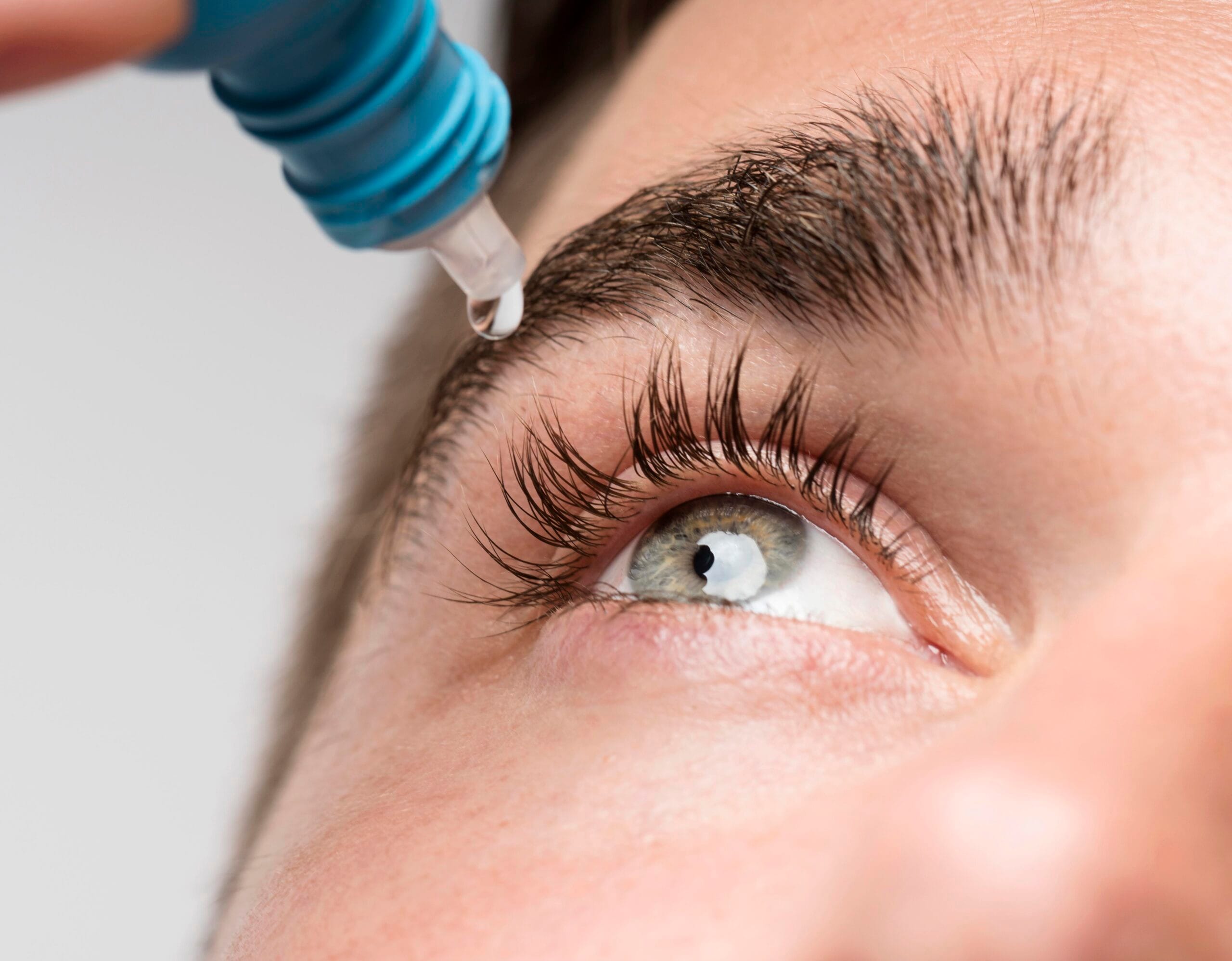
One of the most often overlooked but essential Contact Lens Nos is skipping scheduled follow-up visits with your eye care specialist. Early symptoms of issues that may not yet show clearly may be found during these check-ups, thus they are vital rather than routine.
Even when properly employed, contact lenses put a foreign body directly in contact with the sensitive surface of the eye. Unless addressed, even minor variations in lens fit, oxygen permeability, or corneal health can produce serious complications in time. Frequent follow-ups may enable your optometrist to inspect the condition of your eyes, track the efficacy of the lenses, and modify prescriptions or wear schedules as necessary.
By avoiding these appointments, one loses the opportunity to detect early warning signs of infection, allergy, or dry eye caused by the lens. These issues may soon become complicated and cause permanent vision loss. Follow-ups offer a forum for you to voice any pain, vision abnormalities, or worry, however little it may seem. Your eye care practitioner can give professional advice, emphasise appropriate lens hygiene habits, and recommend changes to your lens kind or maintenance schedule.
Appointments for follow-ups finally are a long-term investment in your vision. Neglecting them endangers the safety of your eyes as well as the efficacy of your contact lenses. Never skip or delay these critical appointments to avoid preventable infections and difficulties. With your eyesight, you cannot afford to gamble.
Contact Lens Nos 3: No Using Expired Lenses
Among the most neglected yet serious contact lens nos is using worn lenses. Expired contact lenses should never be placed in your eyes, whether it be a forgotten box in the back of a drawer or a pair you thought you would just wear once more.
Beyond a specified shelf life, contact lenses cannot assure their material and sterility. The solution they are maintained in might degrade over time, making the lens itself brittle or warped and causing eye pain or incorrect fit. More critically, the sterile seal protecting the lenses from bacterial contamination might fail, hence expired lenses could become a breeding ground for dangerous bacteria.
-
Product on sale
 GEOLICA CRAZY LENS RED CP-F331.82USD
GEOLICA CRAZY LENS RED CP-F331.82USD -
Product on sale
 GEOLICA CRAZY LENS WHITE CP-F131.82USD
GEOLICA CRAZY LENS WHITE CP-F131.82USD -
 Miru 1Month Menicon50.91USD
Miru 1Month Menicon50.91USD -
 Miru 1-Day Menicon Upside Daily Disposable Lenses52.73USD
Miru 1-Day Menicon Upside Daily Disposable Lenses52.73USD -
Product on sale
 Miru 1-Day Menicon Flat Pack Daily Disposable LensesOriginal price was: 52.73USD.30.00USDCurrent price is: 30.00USD.
Miru 1-Day Menicon Flat Pack Daily Disposable LensesOriginal price was: 52.73USD.30.00USDCurrent price is: 30.00USD. -
 Alcon TOTAL30 for Astigmatism Monthly52.73USD
Alcon TOTAL30 for Astigmatism Monthly52.73USD
Putting these lenses increases your risk of severe consequences including corneal infections, inflammation, or even vision loss brought on by microbial keratitis. Some users think it is acceptable to wear a lens if it seems to be in good condition; nevertheless, invisible tiny damage or pollution is not apparent to the human eye. With an old lens in play, even a little annoyance can swiftly become a medical emergency.
Eye care experts frequently emphasise that lens hygiene involves when you use your lenses as well as how you wear and clean them. Respect the expiry date printed on every lens package, it’s there for your protection. Prevention in contact lens treatment is much simpler and less unpleasant than cure. Therefore, always select fresh, in-date lenses for good eyesight and throw it out when uncertain.
Contact Lens Nos 4: No Topping Off Old Solution
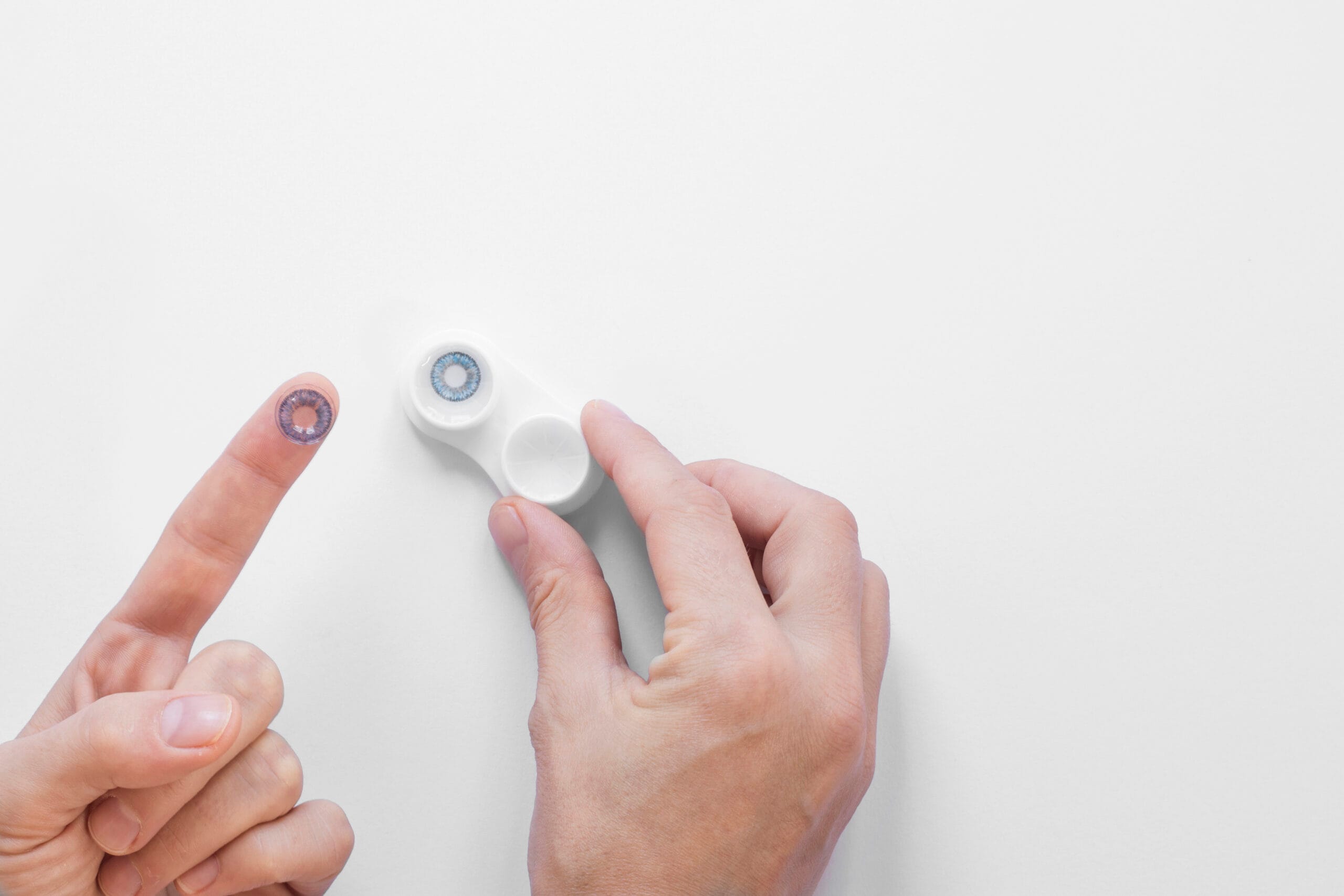
Among the most often disregarded yet essential nos in contact lens maintenance is no topping off old solution. Topping off is the process whereby fresh disinfectant solution is added to already present old or used solution in the lens case instead of being totally drained and replaced.
This ostensibly innocuous behaviour can severely damage eye health and lens cleanliness. Reusing old solution reduces its disinfecting effectiveness and could harbour germs, fungus, or other hazardous microorganisms that have already started to flourish. Adding new solution merely weakens the disinfectant’s effectiveness by diluting its concentration; it does not counteract these microorganisms.
This sets perfect conditions for microbial development, thereby raising the possibility of severe eye infections like Acanthamoeba keratitis, which can be painful, challenging to cure, and even vision-threatening. Effective lens rehydration and cleaning calls for a fresh, whole dose of solution every time. Strongly against this shortcut, eye care experts emphasise that ocular safety should never be compromised in order of convenience. Besides routine case cleaning and drying, a simple but effective measure in infection avoidance is whole solution replacement after each time.
Wearers of contact lenses have to approach lens hygiene with the same diligence they would show to personal hygiene if they want to preserve their vision. Users take a big stride toward maintaining clear vision, avoiding problems, and guaranteeing that using contact lenses stays safe and comfortable by abstaining from the practice of capping off solution.
Contact Lens Nos 5: No Over Wearing
No over wearing, a practice that much raises the risk of eye infections and problems, is among the most important “nos” in contact lens care. Whether daily, bi-monthly, or monthly, contact lenses should be used for particular lengths.
Going outside of this time range can cause corneal hypoxia or ulcers in severe cases, as it deprives the cornea of oxygen, resulting in pain, dryness, blurred vision. Many users unaware of the possible harm stretch wear time to save costs or out of convenience. Over wearing creates a breeding ground for bacteria and fungi by upsetting the tear film and weakening the eye’s own defences. For people who wear lenses continuously from early in the morning until late at night or worse, while sleeping without proper direction, this is notably hazardous.
-
Product on sale
 GEOLICA CRAZY LENS RED CP-F331.82USD
GEOLICA CRAZY LENS RED CP-F331.82USD -
Product on sale
 GEOLICA CRAZY LENS WHITE CP-F131.82USD
GEOLICA CRAZY LENS WHITE CP-F131.82USD -
 Miru 1Month Menicon50.91USD
Miru 1Month Menicon50.91USD -
 Miru 1-Day Menicon Upside Daily Disposable Lenses52.73USD
Miru 1-Day Menicon Upside Daily Disposable Lenses52.73USD -
Product on sale
 Miru 1-Day Menicon Flat Pack Daily Disposable LensesOriginal price was: 52.73USD.30.00USDCurrent price is: 30.00USD.
Miru 1-Day Menicon Flat Pack Daily Disposable LensesOriginal price was: 52.73USD.30.00USDCurrent price is: 30.00USD. -
 Alcon TOTAL30 for Astigmatism Monthly52.73USD
Alcon TOTAL30 for Astigmatism Monthly52.73USD
Red eyes, a grainy sensation, and more light sensitivity are overwear symptoms all urging to remove lenses right away. Based on lens material and each eye’s health, eye care specialists recommend certain wearing schedules that have to be followed precisely. Even lenses described as “extended wear” should only be worn overnight under professional supervision. A basic guideline: remove the lenses if your eyes seem weary or irritated.
Along with maintaining the health of your eyes, regular breaks, appropriate hygiene, and adherence to the suggested replacement schedule also prolong the comfort and effectiveness of your lenses. Respecting wear-time limits eventually helps to preserve long-term visual health, therefore making it not only good practice but also vital.
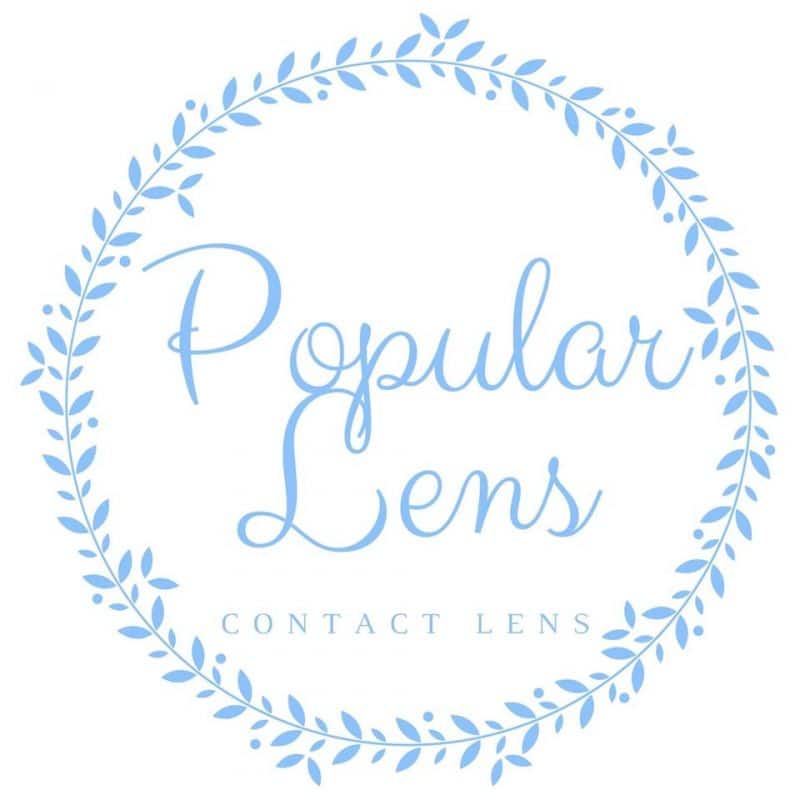
We are a company of optometrists & opticians. We focus on providing our customers with their preferred optical products to improve visual acuity and enhance their quality of life. At PopularLens, you will find niche and exclusive brands.
 Free Shipping within SG With Order Over $80
Free Shipping within SG With Order Over $80 Lowest Price Guarantee
Lowest Price Guarantee

